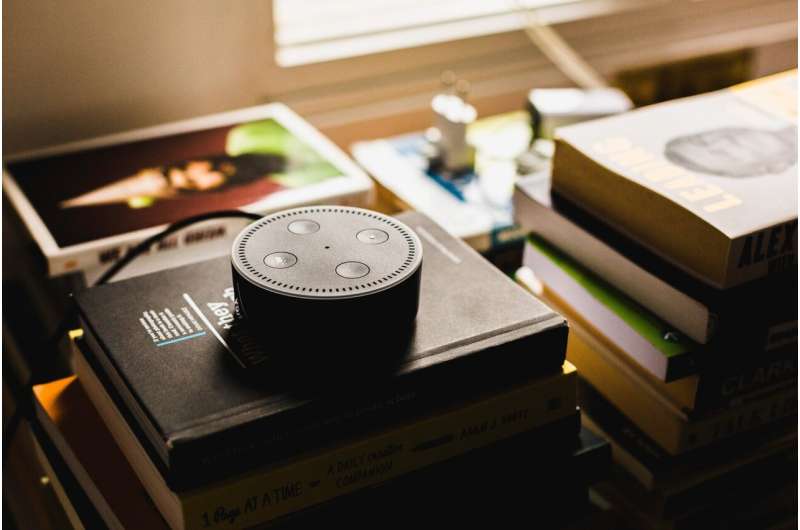Using Voice-Activated Devices to Screen for Parkinson's Disease

A new AI-powered speech analysis tool using Amazon Alexa and Google Home offers a promising way to screen for Parkinson's disease in accessible, remote settings, achieving up to 86% accuracy.
Researchers at the University of Rochester have developed an innovative, AI-driven speech-based tool that could assist in early detection of Parkinson's disease, the second most common neurodegenerative disorder worldwide. This web-based screening method leverages popular voice-activated assistants like Amazon Alexa and Google Home, potentially enabling wider access in remote or underserved areas.
The system operates by asking users to recite two pangrams—specific phrases that utilize all 26 alphabet letters. These voice recordings are then analyzed by advanced AI models trained on millions of audio samples to identify subtle speech patterns associated with Parkinson's. The analysis achieved an impressive accuracy of nearly 86%, highlighting its potential as a preliminary screening tool.
Currently, Parkinson's diagnosis relies on neurologists assessing motor symptoms and conducting neurological exams, often supported by imaging techniques. While this AI tool is not a substitute for a clinical diagnosis, it offers a quick, accessible way for individuals to assess their risk and encourages them to seek medical evaluation if needed.
To validate the approach, data was collected from over 1,300 participants across diverse settings, including home environments and clinical visits. Participants read aloud two sentences—"The quick brown fox jumps over the lazy dog" and a longer descriptive sentence—while their speech was recorded and analyzed.
The AI models focus on speech characteristics such as speech rate, pauses, breathing patterns, and articulation, which can differ in people with Parkinson's. As speech impairments are present in approximately 89% of cases, analyzing vocal cues provides a promising starting point for digital screening.
The researchers emphasize that combining speech analysis with other symptom assessments, like facial expressions and motor tasks, can improve screening accuracy and coverage. An interactive demo of these screening tools is available online.
This technology aims to bridge the gap in neurological care access, especially in remote areas, by utilizing ubiquitous voice assistants to identify individuals who may need further medical evaluation. The study's findings, published in "npj Parkinson's Disease," showcase the potential of integrating AI and speech analysis for early detection and monitoring of Parkinson's disease.
For more details, see the full study: source.
Stay Updated with Mia's Feed
Get the latest health & wellness insights delivered straight to your inbox.
Related Articles
Isolated REM Sleep Behavior Disorder as an Early Predictor for Parkinson's Disease and Dementia
New research from the University of Montreal reveals biomarkers in isolated REM sleep behavior disorder that can predict the development of Parkinson's disease and dementia years before symptoms appear, paving the way for early personalized interventions.
Genetic Link Between Salivary Enzyme and Type 2 Diabetes Uncovered
Recent research suggests that the number of copies of the salivary amylase gene (AMY1) may influence the risk of developing type 2 diabetes, offering new possibilities for early prediction and prevention.
Uncovering How Bone Metastasis Causes Anemia Through Cancer's Iron Hijacking
New research reveals how metastatic cancer in bone hijacks iron-recycling cells, leading to anemia and supporting tumor growth. Discover the cellular mechanisms behind this process and potential therapeutic approaches.
Gut Microbe Balance May Be Crucial in Early-Onset Colorectal Cancer, Mouse Study Finds
Research reveals that the balance of gut microbes and their metabolites may influence the risk of developing early-onset colorectal cancer. A mouse study highlights potential microbiome-targeted interventions for prevention.



